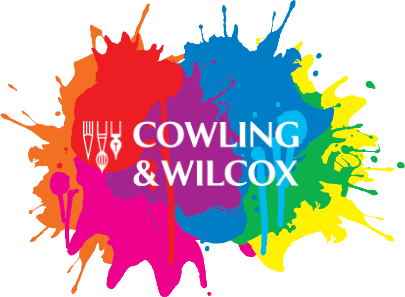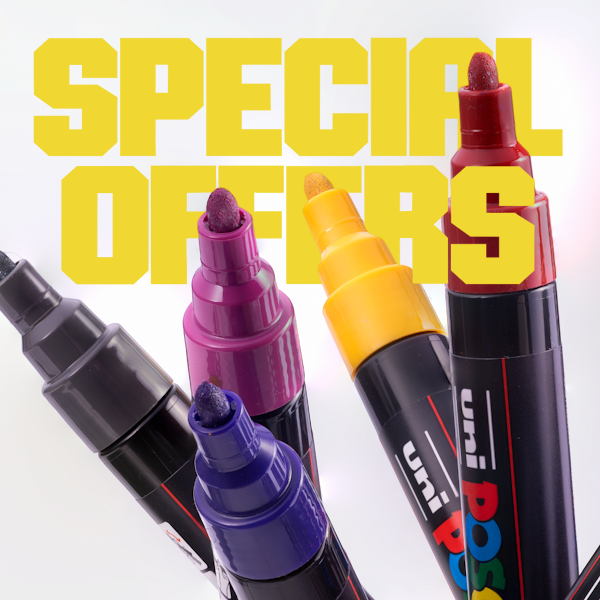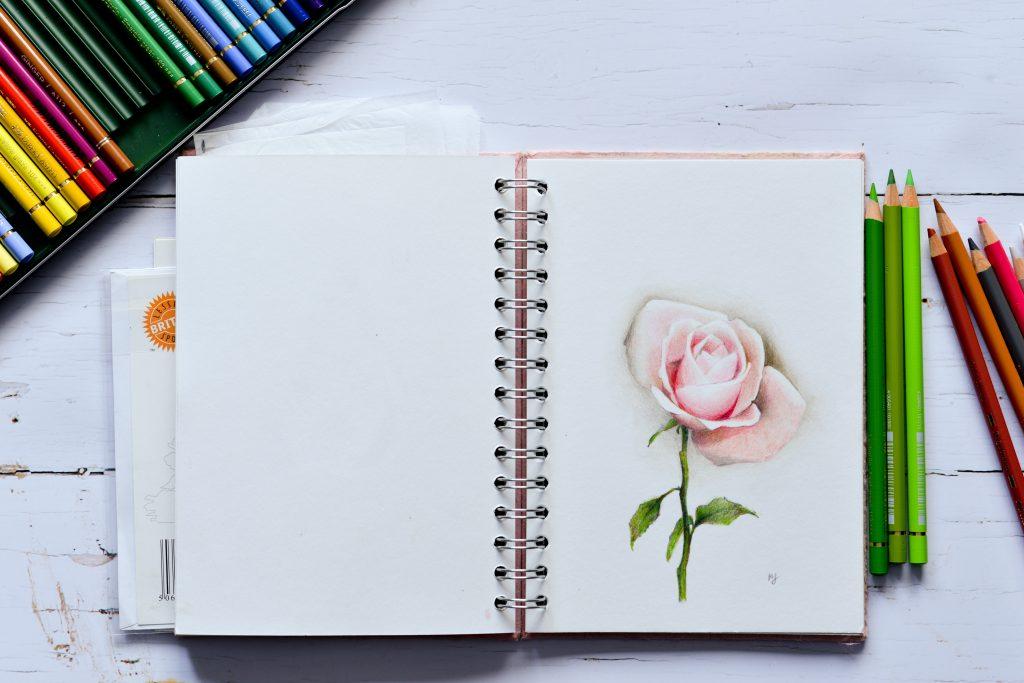
Cast your mind back… you may recall a time when art materials could be easily organised neatly into “boxes”, for instance, wet & dry mediums were entirely separated. Well, this is no longer the case, thanks to developments & advances providing new experiences, like combining the effects or texture of paint in something as convenient as a marker pen. But before the advent of either watercolour or acrylic markers, there were watercolour pencils.
For detailed & intricate work, coloured pencils have always been an ideal medium, but combining these aspects with the versatility of watercolour paint opens up new doors & avenues of creativity, allowing for a greater range of expression in your work.
If this is something unheard of to you, let us introduce you to the world of watercolour pencils!
What are watercolour pencils?
To put it simply, coloured pencils are water-resistant, whereas watercolour pencils can be diluted & spread, like a paint. It really is that simple.
Although you may be wondering “how are they so different?“, so let’s talk details.
“Standard” coloured pencils are designed to be as rugged as possible, so water-resistant binders like wax or oil binders are used for the leads. This ensures that, should water come into contact with them, they will remain intact & unspoilt.
Watercolour pencils, in contrast, use water-soluble binding agents, meaning that adding water allows the pigments to spread like traditional watercolour paint. This means that you can brush watercolour pencil lines to create watercolour strokes on your artwork.
One big advantage of Watercolour pencils is that they can be used in conjunction with traditional Watercolours, the ability to sharpen them means thinner, darker lines for more detail, without the need to layer or spend additional time unnecessarily. In leaving some underlying pencil lines, texture can be added in a way that is simply impossible with traditional watercolour paint.
Can you use watercolour pencils as normal pencils?
On the outside, Watercolour pencils often look identical to their non-watercolour counterparts.
However, due to the way they’re made and their specific uses, there are distinct differences. Watercolour pencil shades are difficult to blend without water, whilst standard pencils lend themselves to this quite quickly.
However, If you’re after block colour, you can use Watercolour pencils, but they won’t necessarily provide the vibrant colours intended, as this is not their primary purpose.
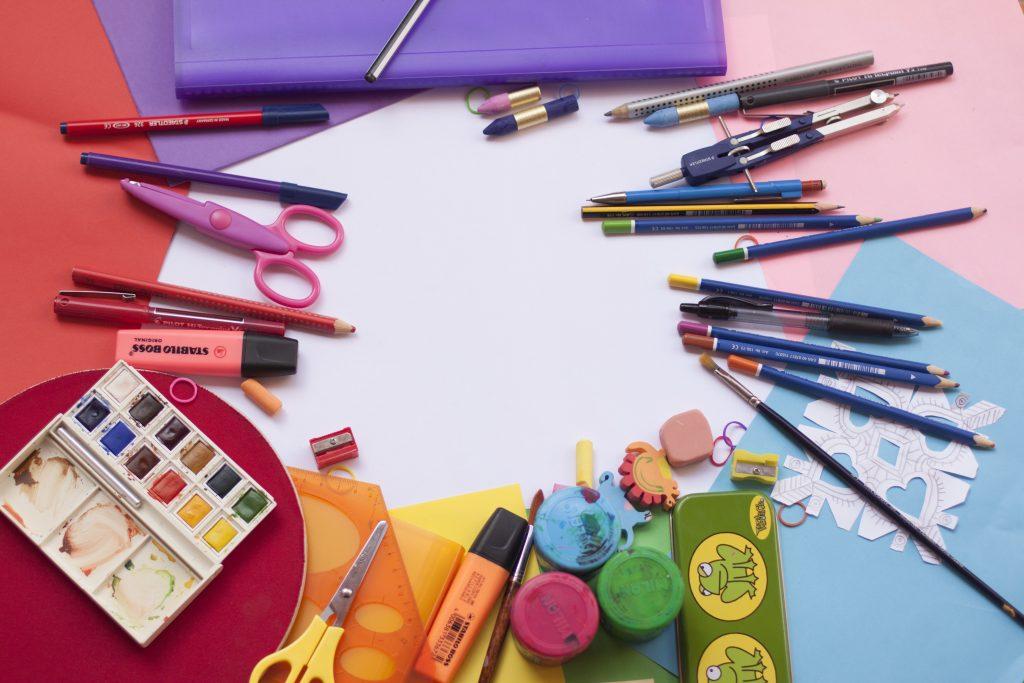
How to use watercolour pencils
As in all art, there’s no right or wrong way to use pencils, Watercolour or otherwise. If you have never used them before though, we can provide a few tips to help you get started.
First off, if you’re looking to create a masterpiece, you’ll need some supplies;
- Watercolour paper or pad
- Water cup
- Paper towel
- Watercolour brush
- Pencil sharpener
Prepare Your Paper: If you plan on using lots of water, it’s a good idea to stretch your watercolour paper beforehand. If not, it may warp & ruin your detailed watercolour piece.
You’ll need to dampen the paper on both sides & secure each corner with masking tape (holds well, but can be removed without leaving residue or damage), allow to dry and that’s it, you’re ready to go.
Fill Colours Lightly: Unlike standard coloured pencils, block colour is achieved with a lighter touch, rather than heavy. Don’t worry so much about filling entire areas, once you add water, the pigment will spread & cover the space. Mixing colours can be done with water too, whether you layer different colour pencil lines or lay them next to one another.
Activation: The fun part! Dip your soft watercolour brush in some clean water, then simply follow the grain of your pencil strokes to blend the lines. Be sure to work gently so as not to overwork the paper, also, be aware that underlying pencil lines may not be fully reduced using water.
For a quick tutorial on how watercolour pencils work in a landscape piece, check out the YouTube video below.
Watercolour pencil techniques
Two key ingredients that breed discovery & innovation in art are experimentation & exploration.
A deceptively simple medium, with seemingly countless ways to create effective artwork.
Here are some ideas to get you started.
Layering
An absolutely key skill to building darker shades.
Watercolour pencils dry quicker than traditional Watercolour paint, allowing further pencil work & brush wetting to both mix colours & to deepen existing tones.
Dry on wet
While most people may opt to draw on dry paper, washing over it with a wet brush, there are alternative methods.
One example is exactly the opposite of this in fact, starting with wetting the page & then working with a dry brush to create a softer line that is harder to spread after drying.
Vary your lines
Both line density & the pressure applied can vary the end result of your Watercolour pencil piece.
Just like a standard coloured pencil, pressing the tip harder on the paper creates darker shades, whilst a lighter touch produces lighter tones.
The same goes for drawing lines, darker images are made using closer, tightly knit lines, whilst more spacious line placement creates a less intense image.
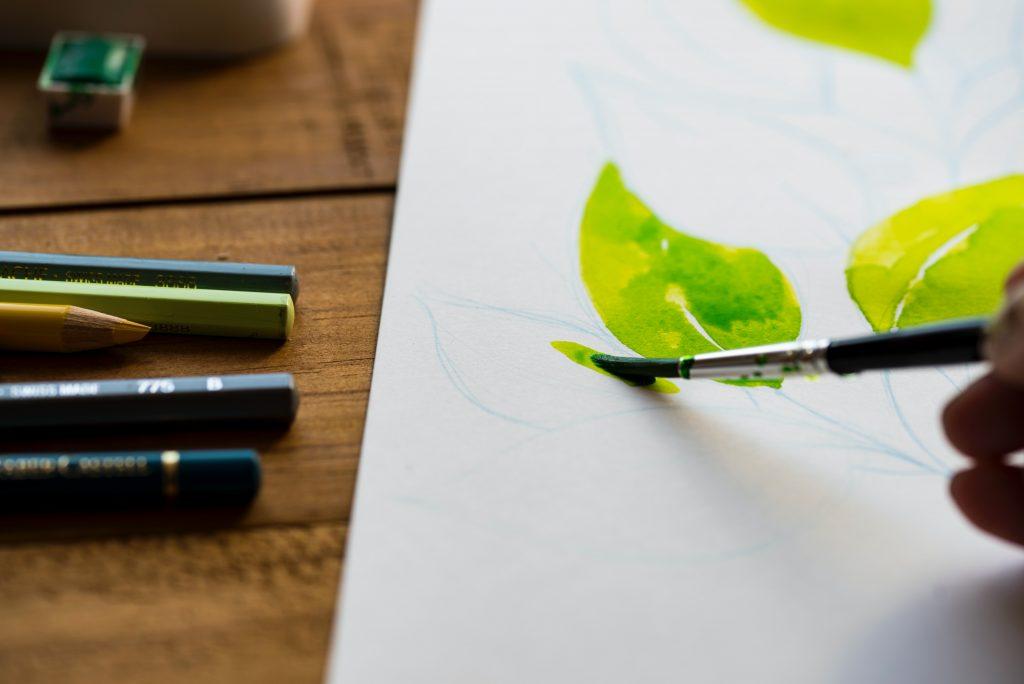
What are the best watercolour pencils
Art is incredibly subjective, with personal preferences generally being the way forward in regard to finding “your medium”, so what may be regarded as the best Watercolour pencils for yourself, may not apply to others.
Given the vast selection available, we would recommend trying out a range of different brands to find out which pencils will work for you. Cowling & Wilcox stock a full range of Watercolour pencils to suit anyone, regardless of experience or budget.
Some of our favourites are:
- Derwent Watercolour Pencils – Professional quality, ergonomic design, creating subtle and translucent colour.
- Pentel Arts Watercolour Pencils – Ideal for beginners and students, softer form for easy pigment transfer, easy to sharpen.
- Caran d-Ache Swixxcolor Pencils – Stunning storage tin, robust structure, comfortable to draw with.
- Albrecht Dürer Watercolour Pencils – With a variety of sets, these watercolour pencils are fantastic, with incredible quality and unrivalled lightfastness. Learn more about Albrecht Dürer Watercolour Pencils in our blog.
